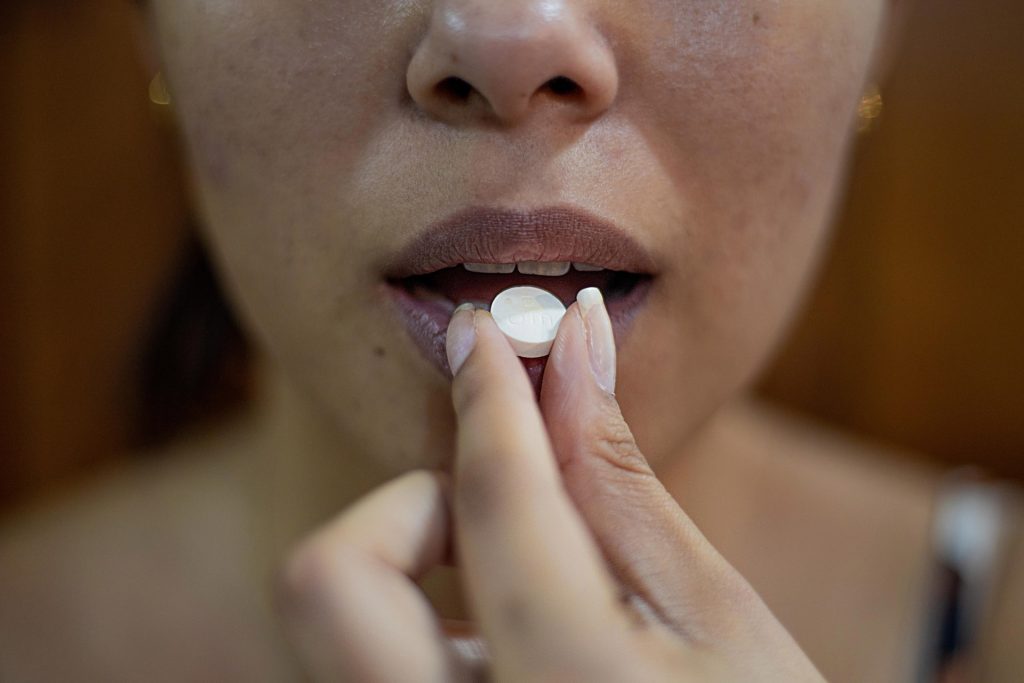Researchers Develop Online Tool to Calculate Psoriatic Arthritis Risk

In research published in Arthritis & Rheumatology, investigators developed and validated a tool called PRESTO that identifies patients with psoriasis who face an elevated risk for developing psoriatic arthritis and may therefore benefit from preventive therapies. The PRESTO calculator is available online.
The University of Toronto psoriasis cohort followed 635 patients with psoriasis, and 51 and 71 developed psoriatic arthritis during 1-year and 5-year follow-up periods, respectively. The risk of developing psoriatic arthritis within 1 year was higher in patients with younger age; male sex; family history of psoriasis; back stiffness; nail pitting (dents, ridges, and holes in the nails); joint stiffness; use of biologic medications; poor health; and pain severity. The risk of developing psoriatic arthritis within 5 years was higher in patients with morning stiffness, psoriatic nail lesion, psoriasis severity, fatigue, pain, and use of systemic non-biologic medication or phototherapy.
Taking these data into account, PRESTO uses a mathematical model to estimate a patient’s risk of developing psoriatic arthritis.
“The PRESTO tool could serve future efforts to reduce the progression from psoriasis to psoriatic arthritis. For example, PRESTO can be used to enrich prevention trials with at-risk populations. It can also identify patients with psoriasis who can benefit from early treatments, and it can serve as an educational tool for patients to increase awareness of psoriatic arthritis risk,” said corresponding author Lihi Eder, MD, PhD, of Women’s College Hospital and the University of Toronto, in Canada. “Ultimately, we hope that these efforts will improve the lives of people living with psoriatic disease.”
Source: Wiley



